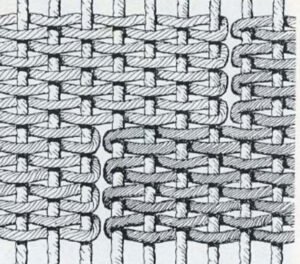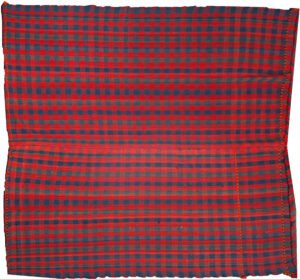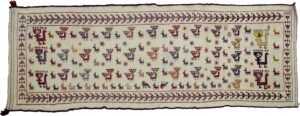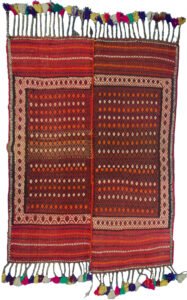Kilims
- By Mehdi Sharafi
- Published:
- Last updated: October 17, 2025
Flat weave rugs, also known as kilims, are one of the oldest types of hand-woven rugs. They are thinner than typical knotted pile rugs but just as durable. These rugs are made from wool or cotton and are woven using a rug loom.

Throughout history, different people and groups created patterns, colours, and motifs that reflected their heritage and culture. Flat weave rugs served both utilitarian and artistic purposes, being used as flooring covers, bed covers, and artistic tapestry wall decorations. They were also used as commodities for trading.

These rugs come in diverse designs, such as floral patterns from Europe, geometric shapes from India, Turkey, and Persia, and Mid-century Modern designs from Scandinavia. They could be minimalist or feature complex designs intended for home use, artworks, or gifts.

Flat weave rugs also served as a means to document and embellish important stories from societies or families. The symbols and motifs on these rugs represented the hopes, fears, and beliefs of the culture that created them.

Women were often the weavers of these rugs, and their designs often showcased a feminine approach. Some motifs were specific to nomadic tribes, representing natural threats in their environment, while others were more conceptual, such as talismans to ward off malevolent spirits.

Different cultures and societies put their own unique spin on the patterns, colours, and weaving techniques of flat weave rugs. These rugs can be found in every region of the world, with each region showcasing its own unique style.
